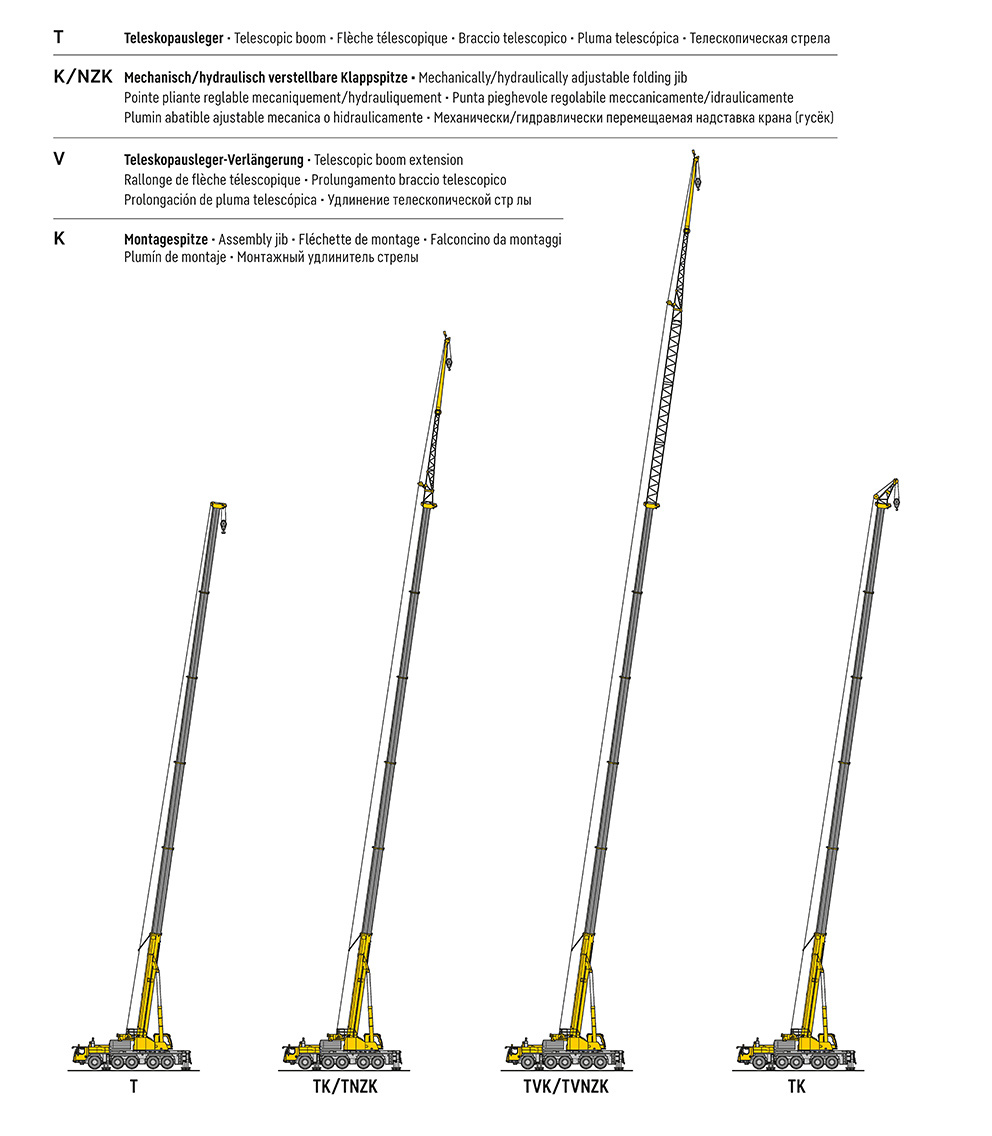
TK-1160 TK-1161 TK-1162 TK-1163 TK-1164 TK-1166 TK-1167 TK-1168 TK-1168K Toner chip for Kyocera ECOSYS P2040dn P2040dw - AliExpress

Kyocera TK-1160 Toner Black, 7,200 Pages, Original Premium Printer Cartridge 1T02RY0NL0 for ECOSYS P2040dn, P2040dw : Amazon.co.uk: Computers & Accessories

Kyocera TK-1160 Toner Black, 7,200 Pages, Original Premium Printer Cartridge 1T02RY0NL0 for ECOSYS P2040dn, P2040dw : Amazon.co.uk: Computers & Accessories

Kyocera TK-1160 Toner Black, 7,200 Pages, Original Premium Printer Cartridge 1T02RY0NL0 for ECOSYS P2040dn, P2040dw : Amazon.co.uk: Computers & Accessories

Eurotone Toner Cartridges Pack of 2 for Kyocera Ecosys Ecosys P 2040 DW DN Equivalent to TK-1160 TK1160 Black: Amazon.de: Stationery & Office Supplies

Compatible toner cartridge for Kyocera ECOSYS P2040dn P2040 P2040dw TK-1160 TK-1161 TK-1162 TK-1164 toner cartridge - AliExpress

Тонер картридж Kyocera TK-1150/TK-1160 (M2135dn/M2735dw/P2235dn/P2235dw/P2040) 3K Integral купить в Молдове

Kyocera TK-1160 Original Toner-Kartusche Schwarz 1T02RY0NL0. Kompatibel für ECOSYS P2040dn, ECOSYS P2040dw : Amazon.de: Computer & Accessories

Integral Toner Compatibile INTEGRAL (TK-1160, 1T02RY0NL0) per KYOCERA P2040dn (7,2K) INTTK1160 4250245116035

TK1160 Toner Cartridge Chip TK-1160 For Kyocera ECOSYS P2040dn P2040dw P2040 2040dw 2040dn Toner Reset Black EUR Version Chips - AliExpress

Kyocera TK-1160 Original Toner-Kartusche Schwarz 1T02RY0NL0. Kompatibel für ECOSYS P2040dn, ECOSYS P2040dw : Amazon.de: Computer & Accessories

Купить Тонер-картридж Integral(Германия) TK-1160 для Kyocera 7200 страниц 12100171 в интернет-магазине ОНЛАЙН ТРЕЙД.РУ

Kyocera TK-1160 Toner Black, 7,200 Pages, Original Premium Printer Cartridge 1T02RY0NL0 for ECOSYS P2040dn, P2040dw: Buy Online at Best Price in UAE - Amazon.ae

Buy KMP Toner cartridge replaced Kyocera TK-1160 Compatible Black 8200 Sides K-T77 | Conrad Electronic

Купить совместимый Тонер-картридж БУЛАТ s-Line TK-1160 для Kyocera P2040 в Москве или c доставкой по всей России

Integral-Germany Cartus Toner Compatibil Kyocera TK-1160 Integral-Germany (PSE9332) Cartus / toner Preturi

Compatible toner cartridge for Kyocera ECOSYS P2040dn P2040 P2040dw TK-1160 TK-1161 TK-1162 TK-1164 toner cartridge - AliExpress

Kyocera TK-1160 Original Toner-Kartusche Schwarz 1T02RY0NL0. Kompatibel für ECOSYS P2040dn, ECOSYS P2040dw : Amazon.de: Computer & Accessories

Kyocera TK-1160 Toner Black, 7,200 Pages, Original Premium Printer Cartridge 1T02RY0NL0 for ECOSYS P2040dn, P2040dw : Amazon.co.uk: Computers & Accessories

Тонер Integral I-38 для заправки Kyocera 1 кг. (12100201) — купить за 1 074 грн. в Украине | Магазин принтеров и МФУ KYOCERA




























